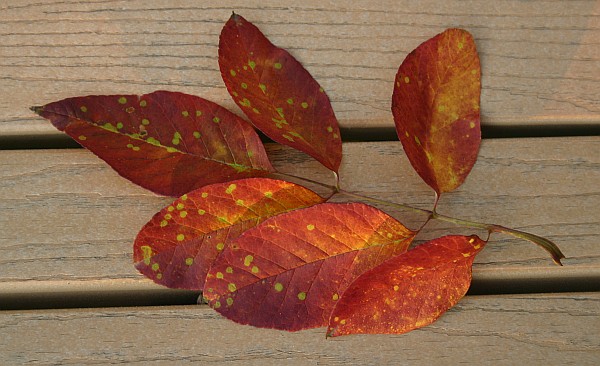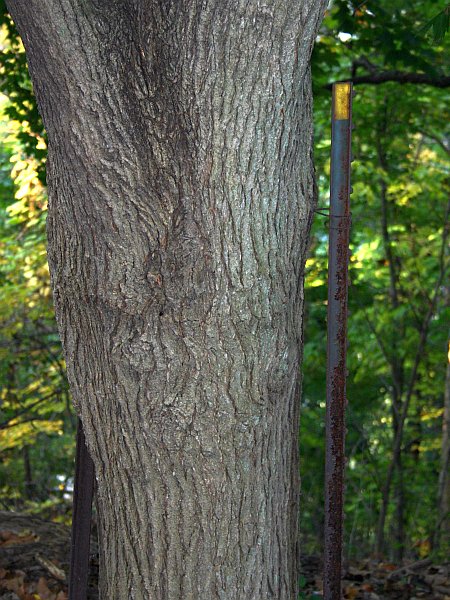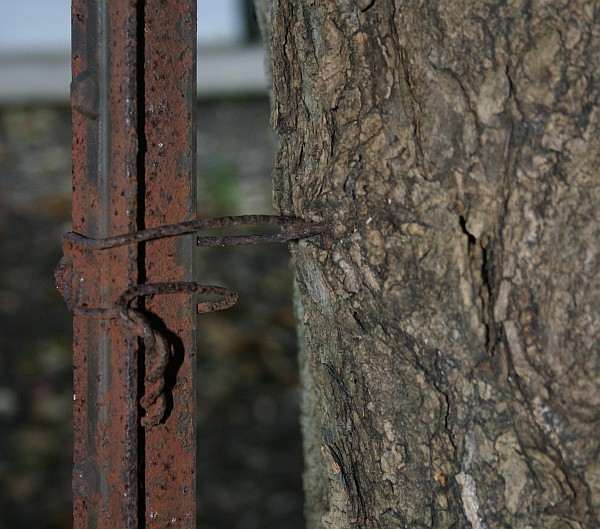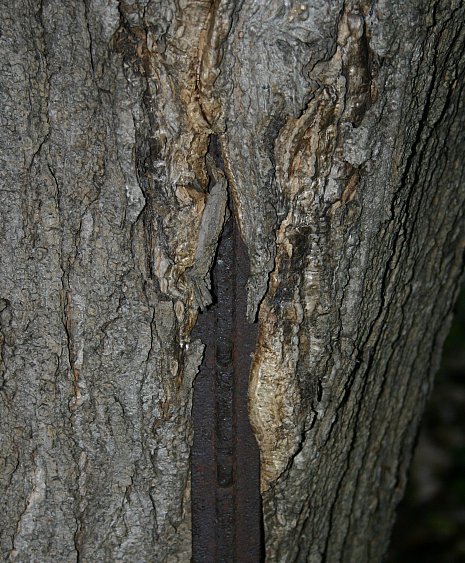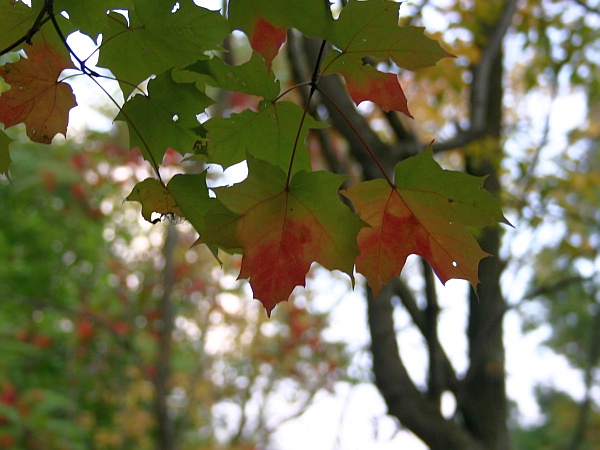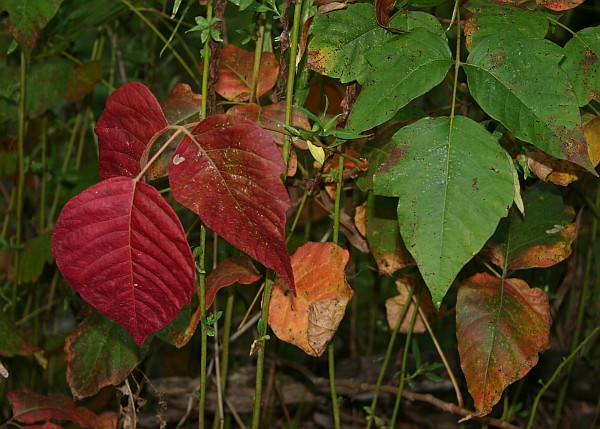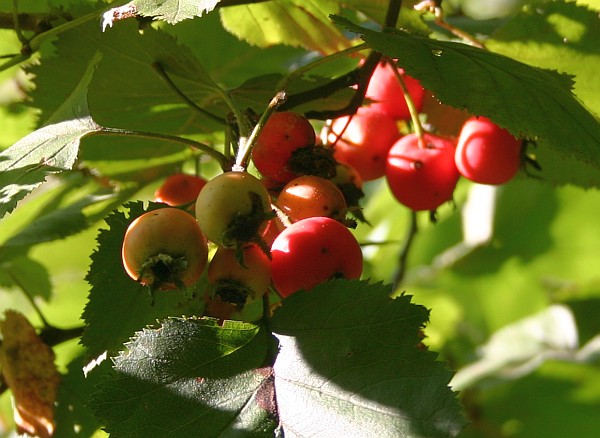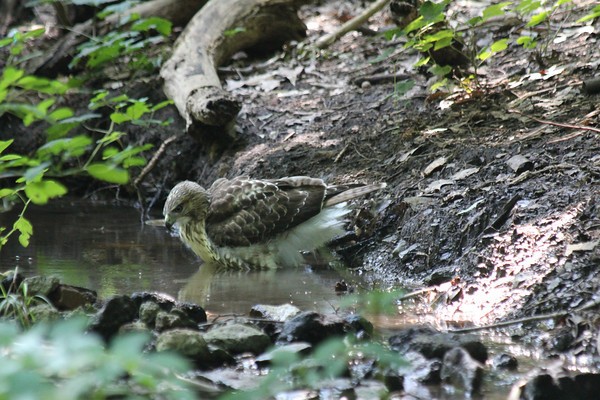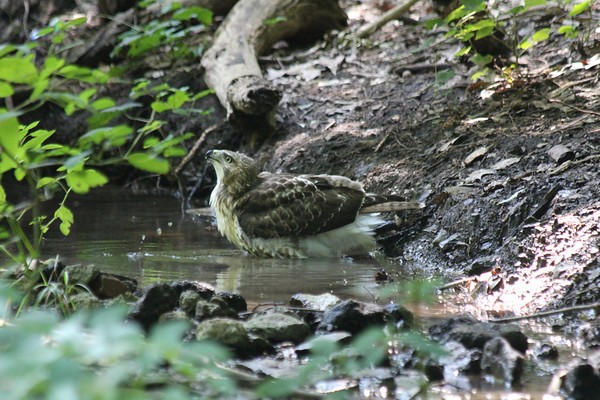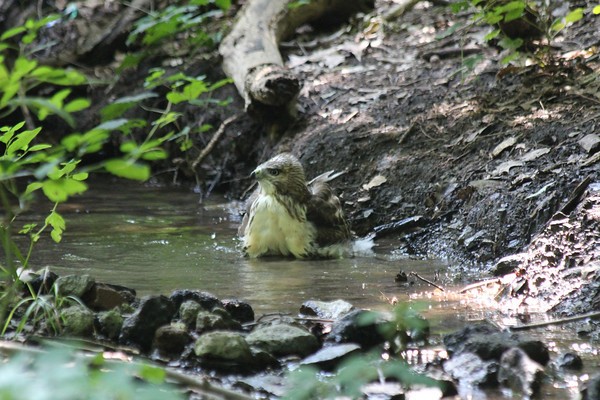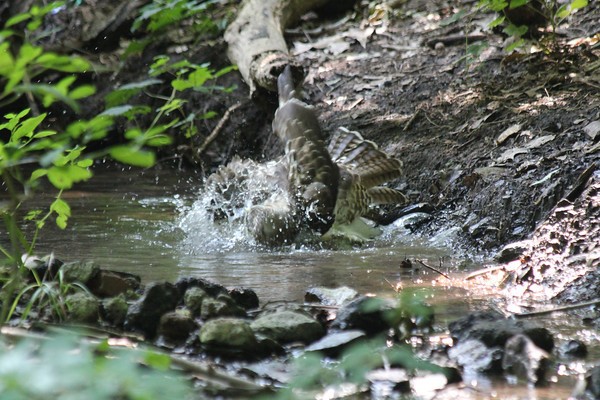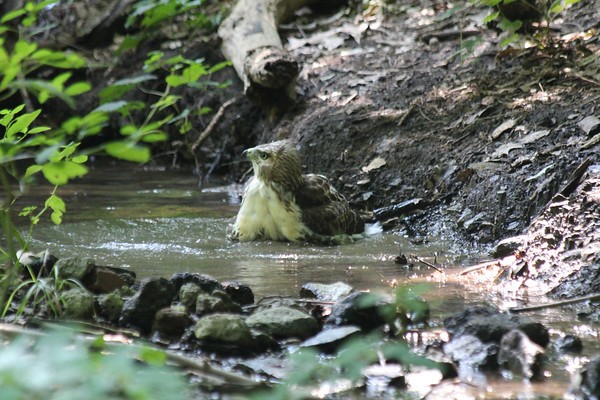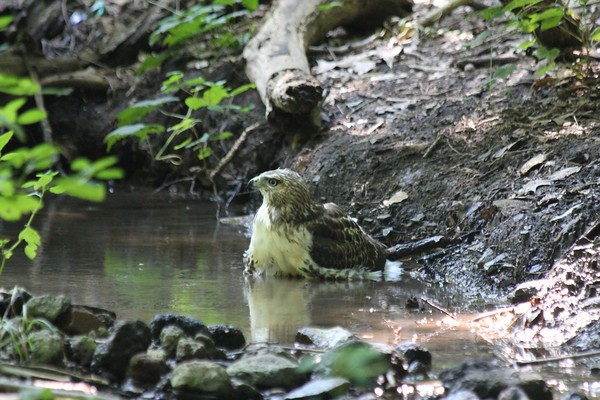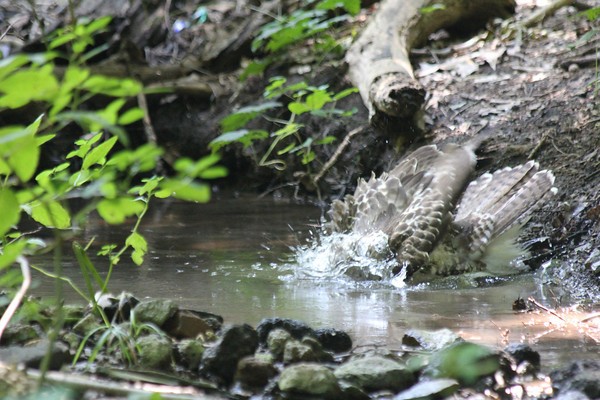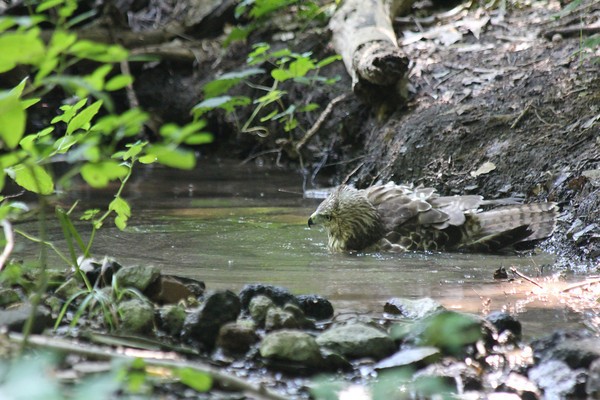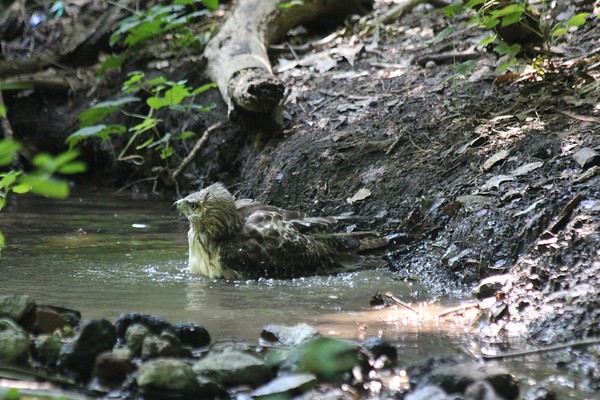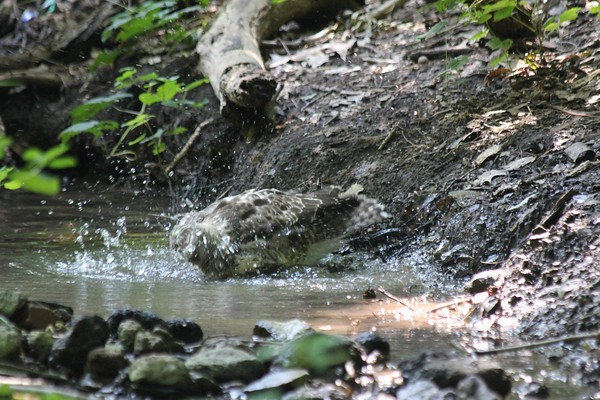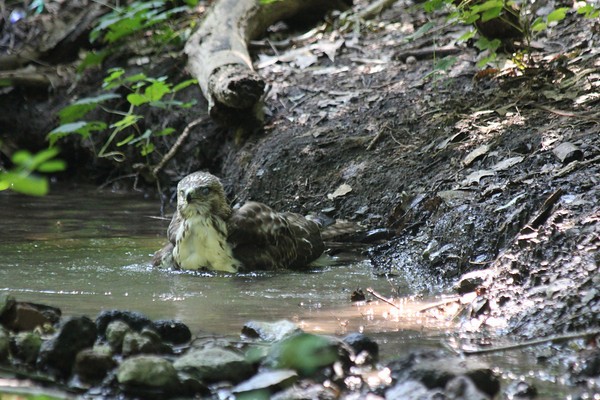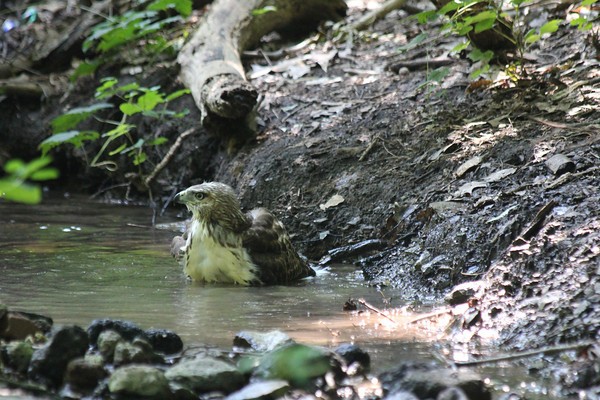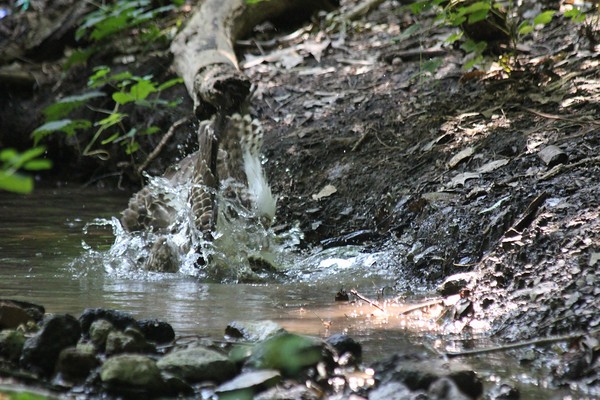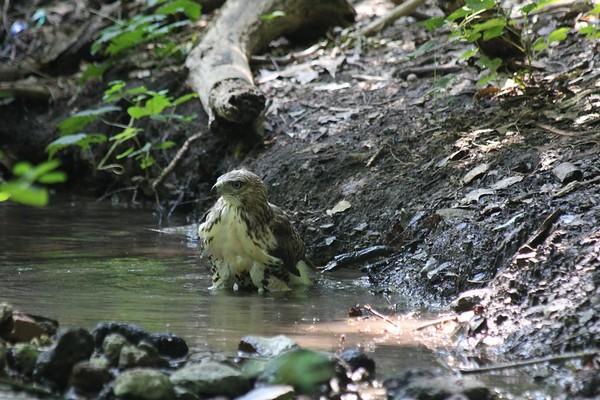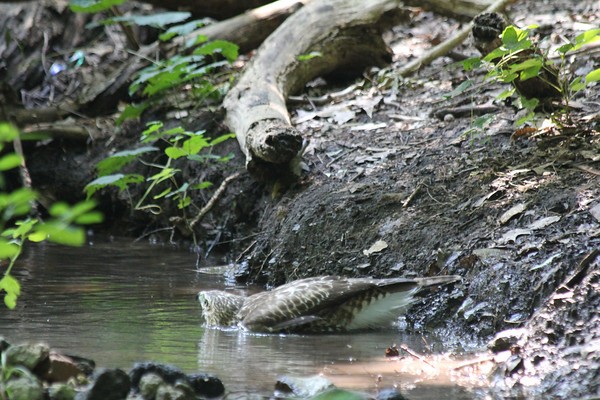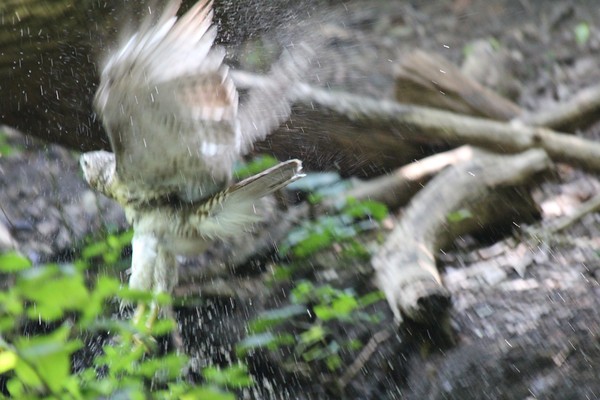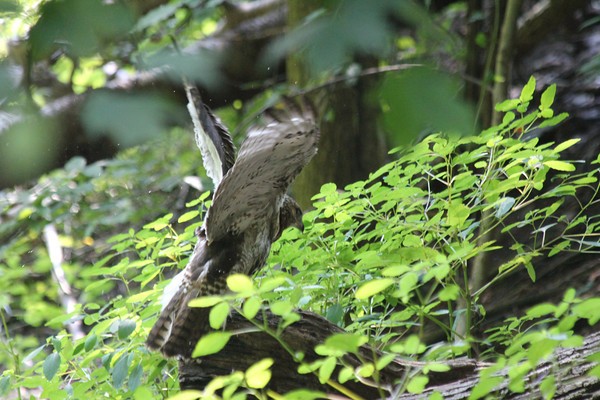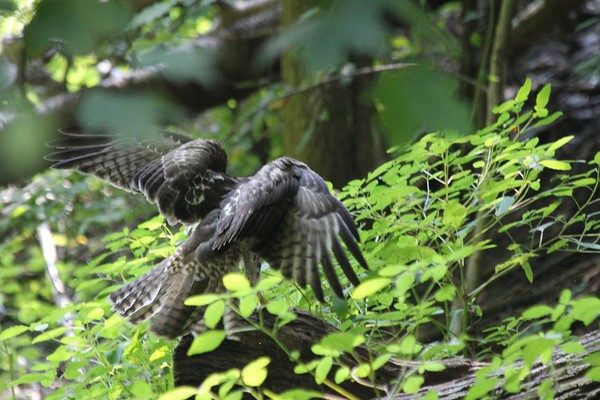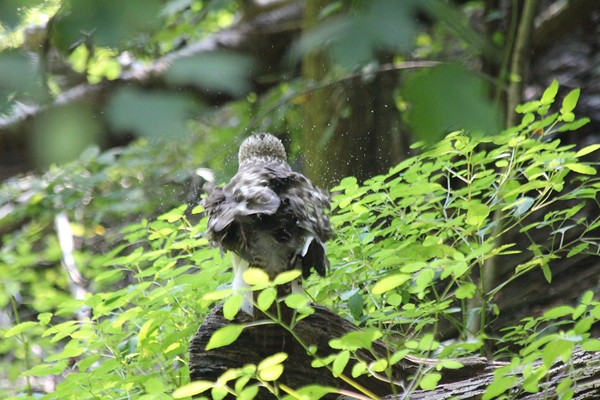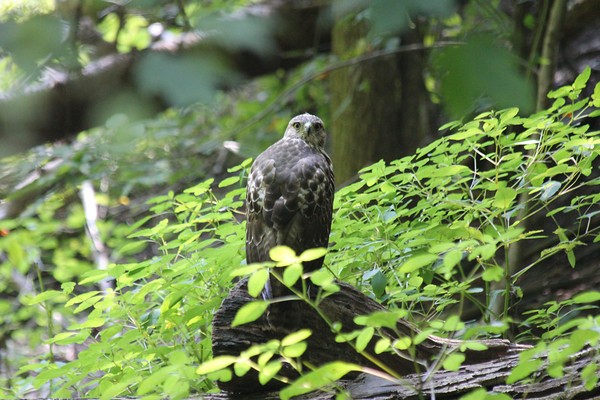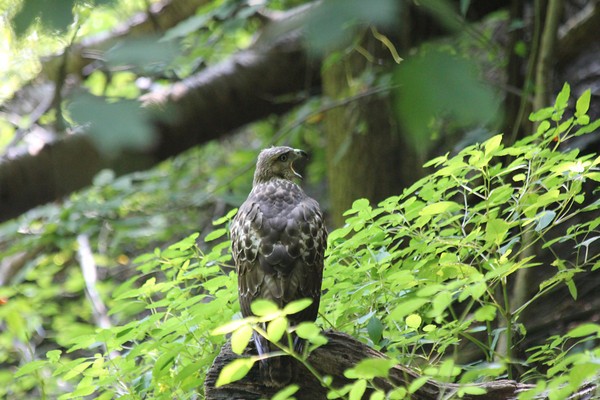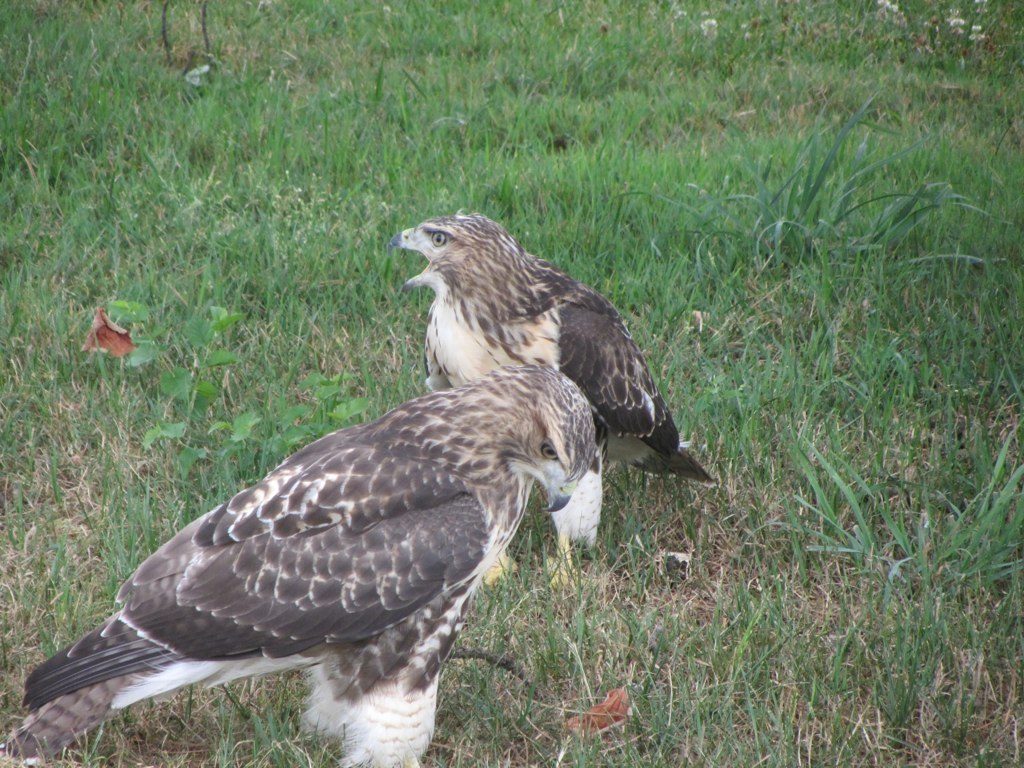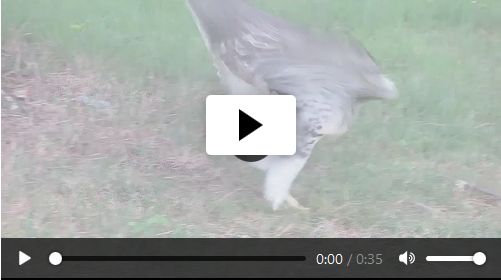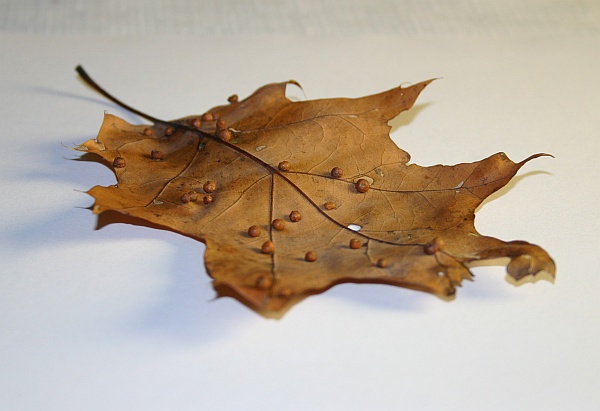
Before the rain began on Saturday I took a walk in Schenley Park to check on the birds.
In addition to a flock of thousands of robins and starlings near Anderson Playground, I found American goldfinches foraging high in a stand of red oak trees. They seemed to be picking things off the backs of the leaves. At ground level I heard the sound of raindrops ticking on the dry leaf litter — but it wasn’t raining. The goldfinches were dropping the shells.
I collected a leaf and took its picture. Here you see the brown bumps the goldfinches were cracking open. They look like tiny acorns.
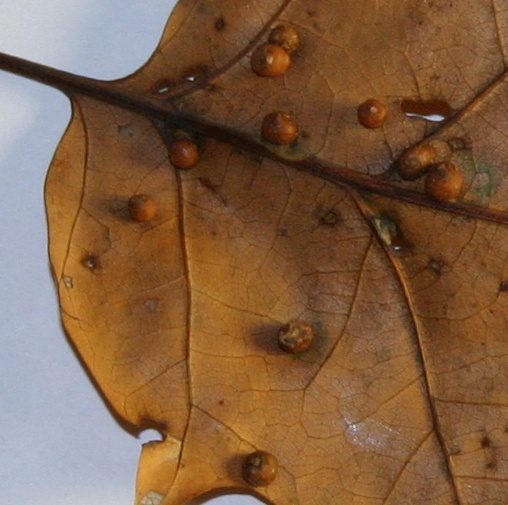
In fact, they’re galls. When I searched the web to identify them, I learned from the University of Minnesota’s Department of Entomology that there are more than 700 species of gall-forming insects in the US and Canada and 80% of them use oaks (read about it here).
Galls form when tiny insects lay their eggs on live leaves (not these dried brown leaves). The eggs emit chemicals that stimulate the leaves to grow covers around the eggs. This protects the larvae until they’re ready to emerge — unless a goldfinch finds them.
Were these galls made by cynipid wasps that are very common on oaks? I thought so at first(*) but …
On 12 Dec 2012, Charley Eiseman at BugTracks corrected my original theory about the galls. He wrote: “I believe these are actually among the few oak galls that are not caused by cynipid wasps – they look to me like the work of Polystepha globosa, a midge (Cecidomyiidae).” This link has more information about the midge.
Thanks to the goldfinches I learned something new.
(photos by Kate St. John)
(*) My original theory was that these were cynipid wasp galls, made by very tiny wasps that are harmless to humans. They lay their eggs on oak leaves. Each species uses a different site on the oak (root, twig, leaf) and specializes in particular species of oaks. The most amazing cynipid wasp is the one that becomes the jumping oak leaf gall.
